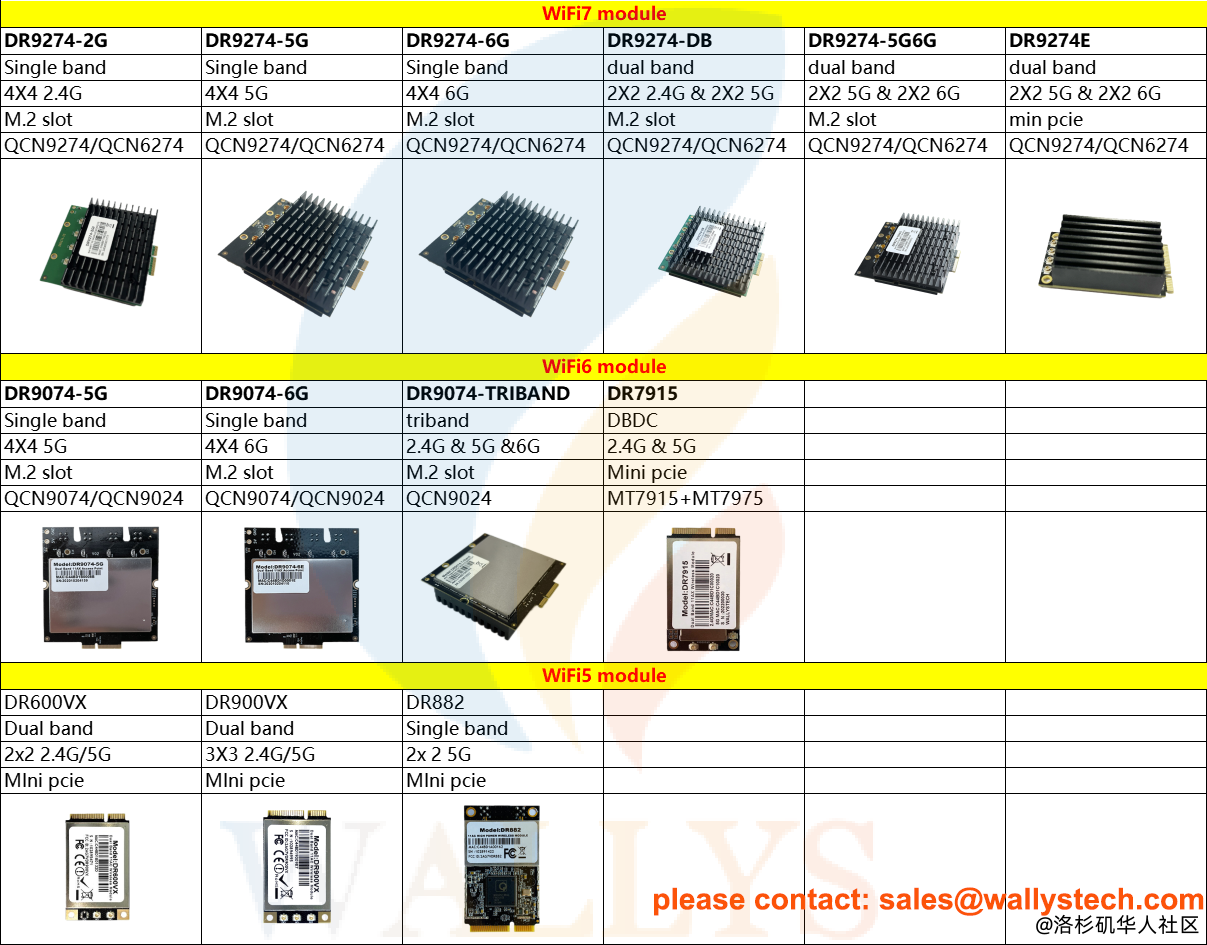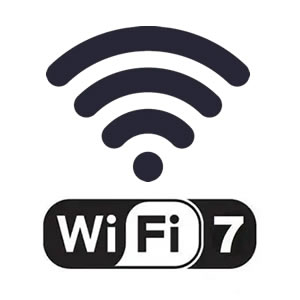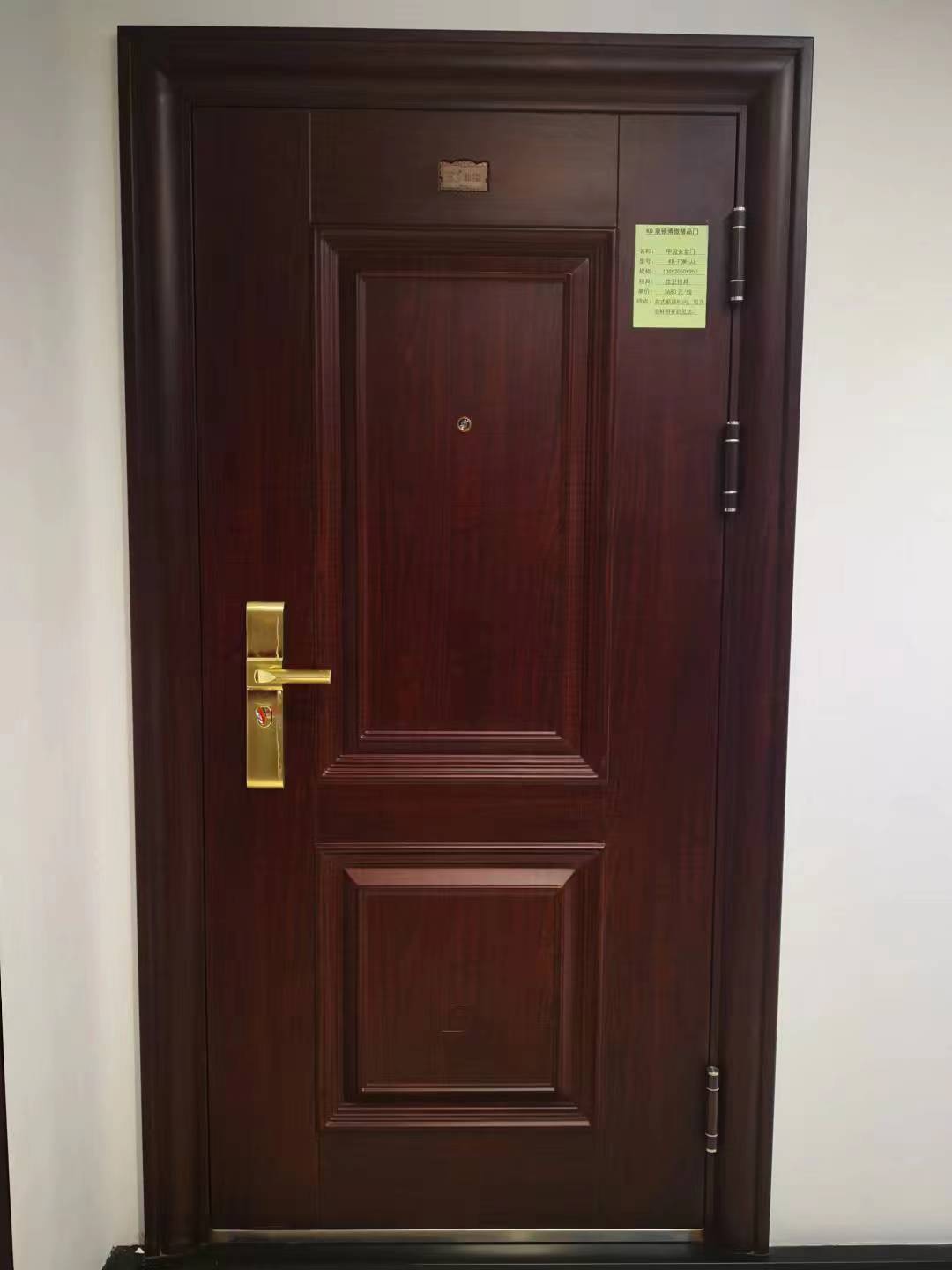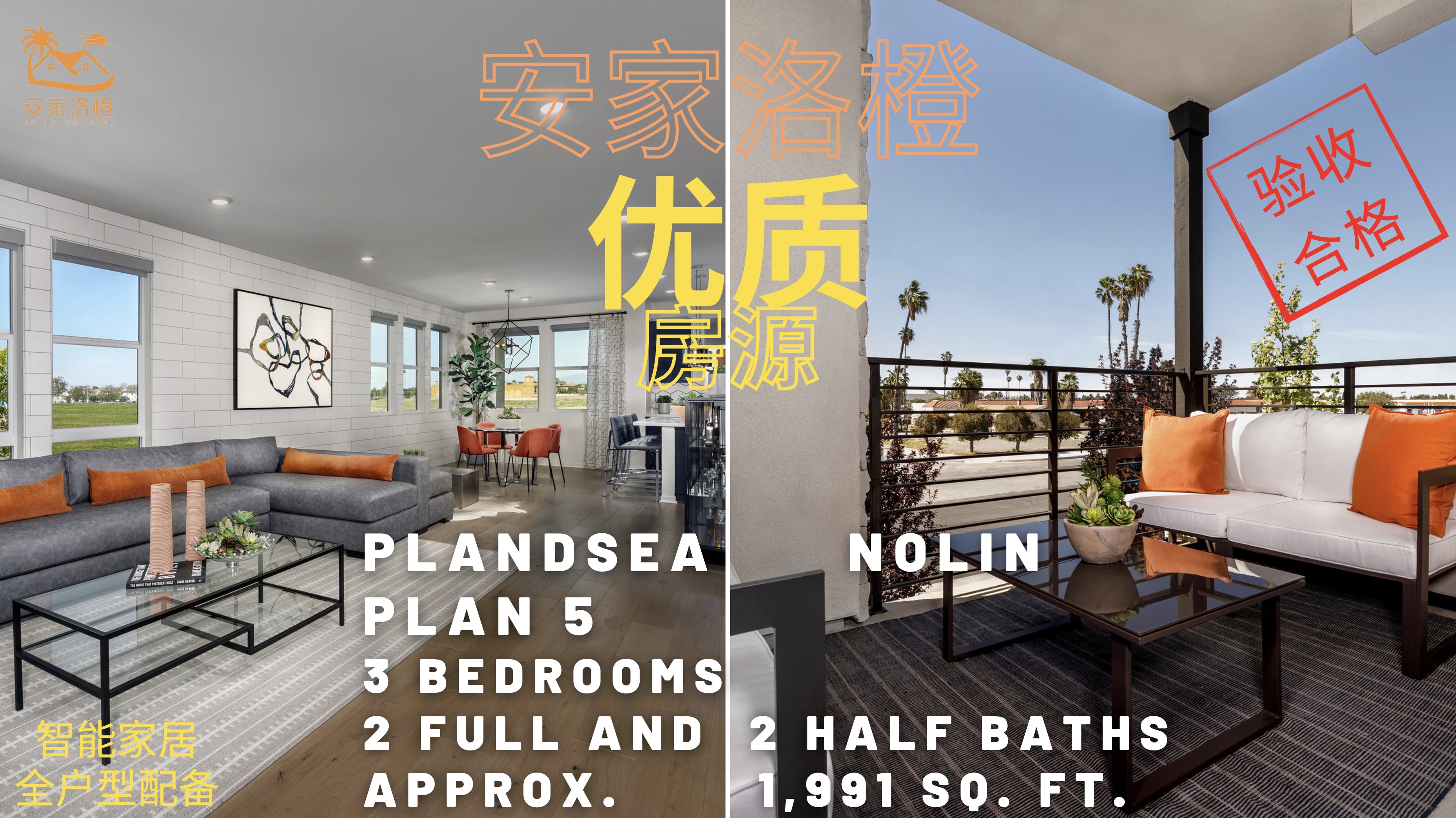With the rapid deployment of Wi-Fi 7 technology, Qualcomm’s QCN9274 and QCN6274 have become core chipsets in next-generation wireless modules due to their high performance, multi-band support, and advanced MIMO capabilities. A critical design decision is the choice of interface format. This article provides an in-depth comparison of M.2 SLOT (2×2 5G & 2×2 6G) versus mini PCIe SLOT (2×2 5G & 2×2 6G) for these modules, offering valuable insights for hardware developers and system integrators.
1. Background: QCN9274 / QCN6274 Overview
-
Process Technology: 7nm for low power and high integration
-
Frequency Support: 2.4GHz / 5GHz / 6GHz (Tri-band capable)
-
MIMO Capability: Up to 4×4 (typically configured as 2×2)
-
Interface: PCIe 3.0
-
Applications: Enterprise routers, industrial IoT, CPE, gateways, APs, edge computing, etc.
2. Interface Comparison: M.2 vs mini PCIe
| Feature | M.2 (Key A/E) | mini PCIe |
|---|---|---|
| Speed | PCIe 3.0 x1 or x2 (up to 8GT/s) | PCIe 2.0 x1 (up to 5GT/s) |
| Form Factor | Smaller (e.g., 2230/3042/3052) | Larger (30×50.95mm standard) |
| Power Management | More efficient, finer control | Less optimized |
| Market Trend | Preferred for new Wi-Fi 6/6E/7 designs | Legacy support, phasing out |
3. Technical Considerations for QCN9274/QCN6274
1. Bandwidth and Throughput
-
Wi-Fi 7 supports up to 320MHz channel width and 4096-QAM, requiring very high throughput.
-
With 2×2 5G + 2×2 6G configuration, total wireless throughput can exceed 5Gbps.
-
M.2 (PCIe 3.0) offers better bandwidth headroom and performance stability compared to mini PCIe.
2. Physical Design and Thermal Management
-
M.2 offers flexible size options (e.g., 3052), ideal for slim devices and compact edge gateways.
-
mini PCIe's larger footprint can be limiting in space-constrained designs.
-
M.2 modules can support dedicated heatsinks or backside cooling for better thermal handling, especially for high-frequency 6GHz operation.
3. Compatibility and Expandability
-
mini PCIe is still common in legacy systems (older industrial PCs, x86 boards).
-
M.2 is the standard in modern embedded and consumer platforms.
-
M.2 is more future-proof and expandable, aligning with next-gen hardware.
4. Application Scenario Recommendations
| Use Case | Recommended Interface | Reason |
|---|---|---|
| New Wi-Fi 7 APs, Mesh systems | M.2 | Higher throughput, better thermal design |
| Edge computing and industrial IoT | M.2 or mini PCIe | M.2 if supported by host board |
| Legacy embedded systems | mini PCIe | Ensures backward compatibility |
| Enterprise-grade CPE / SMB Routers | M.2 | Compact layout and power efficiency |
| ODM/OEM Wi-Fi 7 product development | M.2 | Design flexibility and scalability |
5. Market Trend and Strategic Advice
-
Strong shift towards M.2: Most next-gen Wi-Fi 6E/7 modules (e.g., Intel BE200, Qualcomm reference designs) are adopting M.2 interfaces.
-
mini PCIe is fading: Although still in use, it’s no longer favored in modern designs.
Conclusion:
For developing Wi-Fi 7 modules based on QCN9274/QCN6274, M.2 SLOT (3052 format) with 2×2 5G + 2×2 6G configuration is highly recommended. This option ensures superior performance, scalability, thermal efficiency, and long-term compatibility—making it ideal for future-proof commercial and industrial-grade Wi-Fi 7 solutions.
6. Additional Design Tips
-
Use IPEX MHF4 connectors for antenna flexibility
-
Include active cooling or thermal pads to manage high-frequency heat
-
Implement RF shielding between 5G and 6G bands
-
Ensure firmware/software support for OpenWRT, QSDK, or OpenWiFi to simplify integration


































